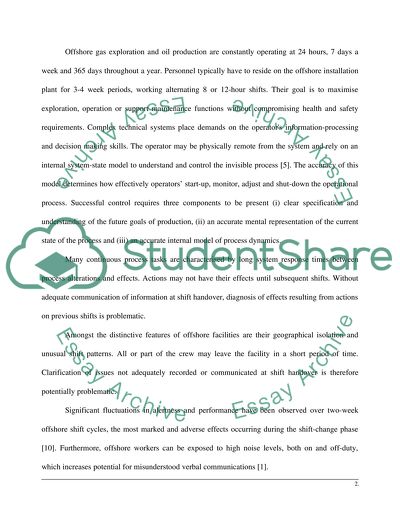Cite this document
(“Effective Communication During Shift Handovers: Problems and steps Essay”, n.d.)
Retrieved from https://studentshare.org/miscellaneous/1522633-effective-communication-during-shift-handovers-problems-and-steps-which-can-be-taken-to-ensure-effective-shift-handovers
Retrieved from https://studentshare.org/miscellaneous/1522633-effective-communication-during-shift-handovers-problems-and-steps-which-can-be-taken-to-ensure-effective-shift-handovers
(Effective Communication During Shift Handovers: Problems and Steps Essay)
https://studentshare.org/miscellaneous/1522633-effective-communication-during-shift-handovers-problems-and-steps-which-can-be-taken-to-ensure-effective-shift-handovers.
https://studentshare.org/miscellaneous/1522633-effective-communication-during-shift-handovers-problems-and-steps-which-can-be-taken-to-ensure-effective-shift-handovers.
“Effective Communication During Shift Handovers: Problems and Steps Essay”, n.d. https://studentshare.org/miscellaneous/1522633-effective-communication-during-shift-handovers-problems-and-steps-which-can-be-taken-to-ensure-effective-shift-handovers.


